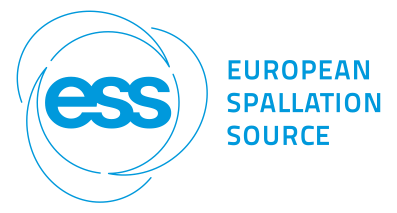Speaker
Dr
James Liu
(SLAC National Accelerator Laboratory)
Description
Clearance protocols to recycle common metals such as aluminum and iron from accelerator facilities were developed at SLAC and incorporated into the U.S. DOE Standard DOE-STD-6004-2016 “Clearance and Release of Personal Property from Accelerator Facilities”. The technical basis includes key concepts such as proxy radioisotopes and measurement protocols with sufficient detection capabilities to meet the release criterion of indistinguishable from background (IFB) that is lower than the ANSI N13.12-2013 volume screening levels.
However, for clearance of lead (a common shielding material in accelerators) with potential activation, FLUKA calculations show that there are no proxy radionuclides (radionuclides emitting high energy gamma rays that are easy to be measured with common survey instruments). Instead Tl-204 (a pure beta emitter with a screening level of 1 Bq/g) is the most likely radionuclide to remain in lead after decay time of months. The sensitivity values (cpm per Bq/g) of GM probes for the near-contact measurement of Tl-204 in a lead brick or sheet were calculated with FLUKA. The associated detection limit was estimated and compared with ANSI screening level for Tl-204. It was found that a large-area 50-cm2 GM probe is needed to meet the detection requirement with reasonable margin.
Author
Dr
James Liu
(SLAC National Accelerator Laboratory)
Co-authors
Dr
Henry Tran
(SLAC National Accelerator Laboratory)
Dr
Ludovic Nicolas
(SLAC National Accelerator Laboratory)
Ms
Maranda Cimeno
(SLAC National Accelerator Laboratory)
Mr
Taiee Liang
(SLAC National Accelerator Laboratory)
